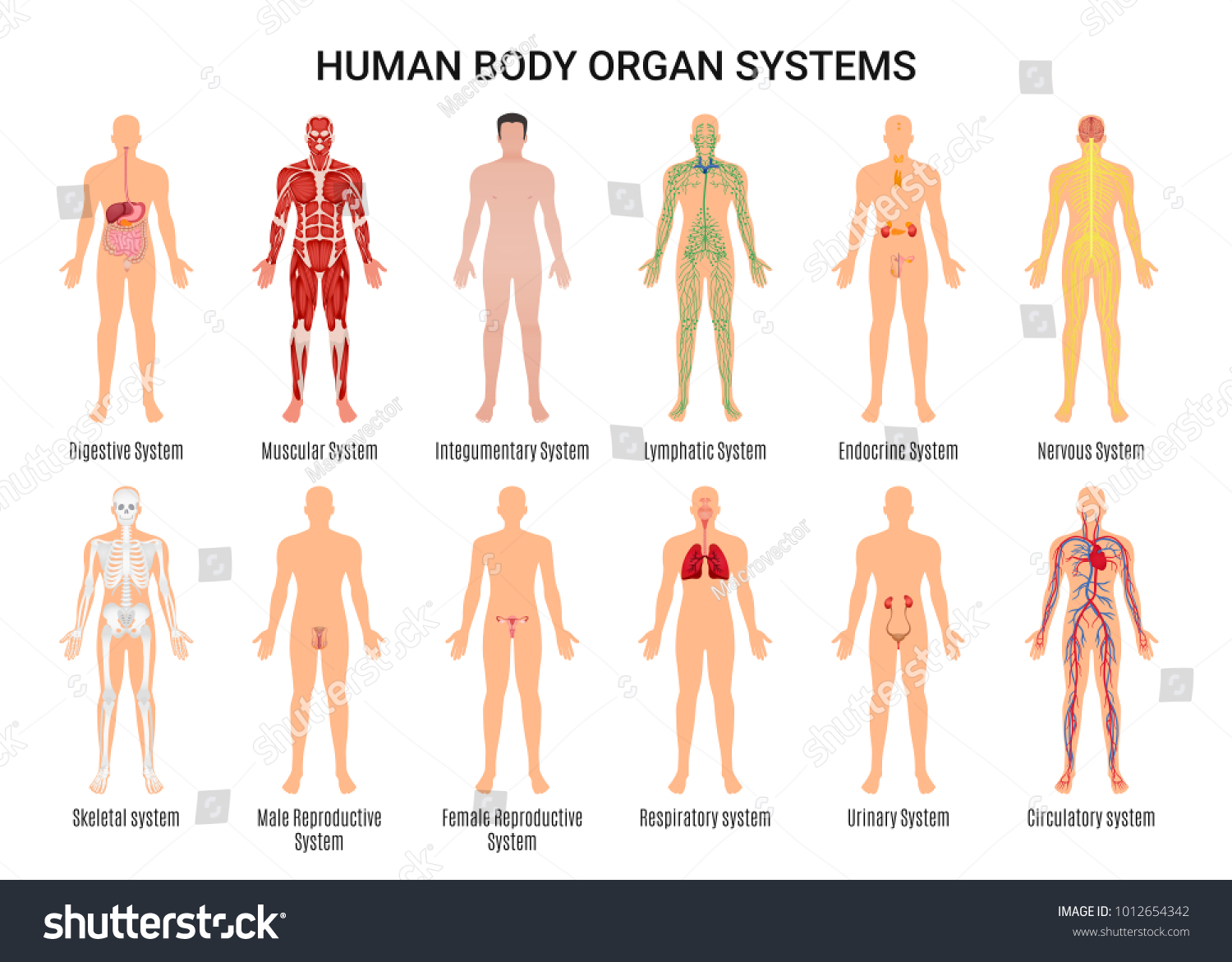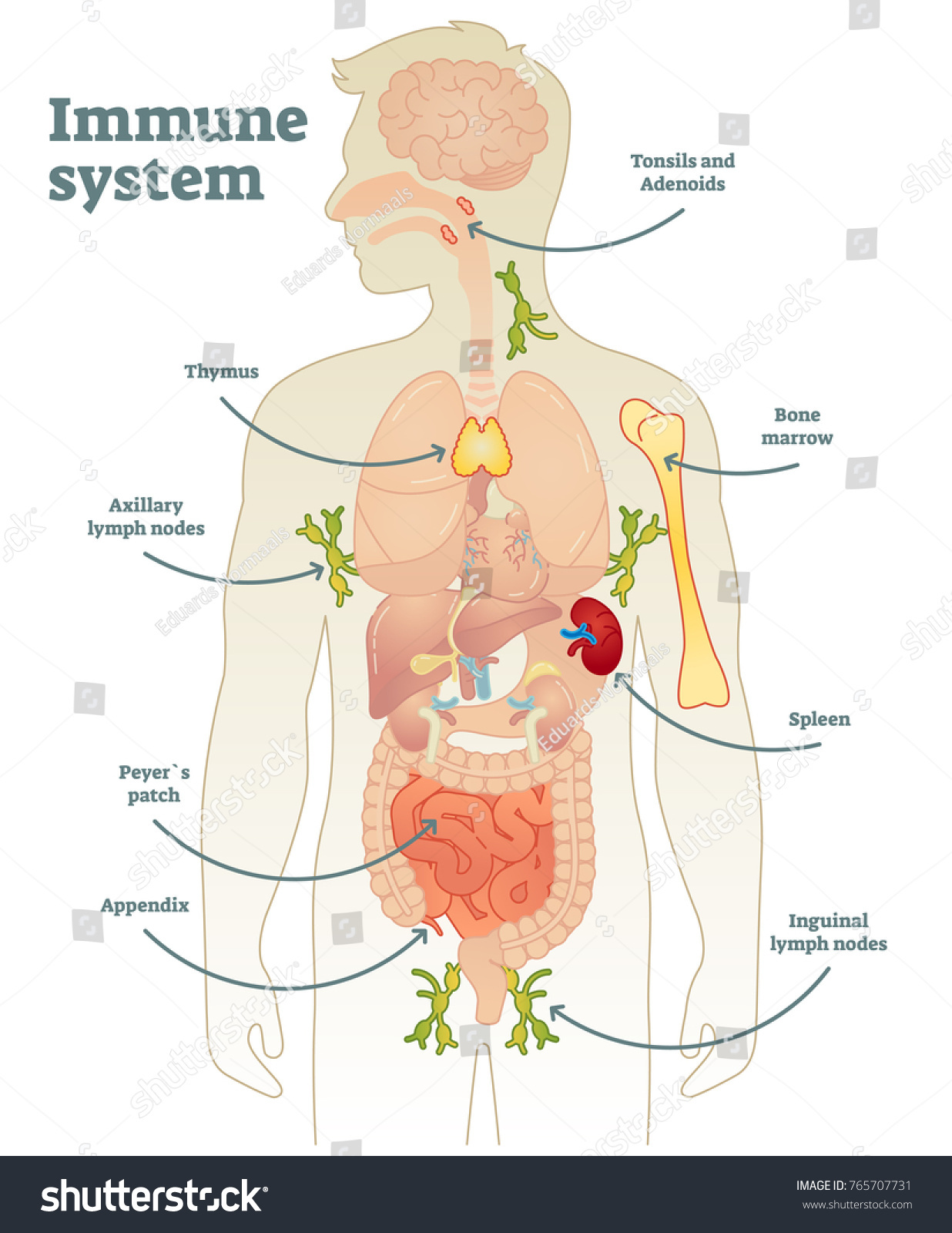Introduction
Anatomy and physiology are two closely related fields of study that are concerned with understanding the structure and function of the human body. Anatomy is the study of the structure and organization of the body, including the examination of its organs, tissues, and cells. Physiology, on the other hand, is the study of the functions and processes of the body, including the way in which the body’s organs and systems work together to maintain homeostasis. It involves the study of the mechanisms that regulate bodily functions, such as circulation, respiration, digestion, and excretion.
What do you understand by Human Anatomy?
Human anatomy is the study of the structure and organization of the human body. It involves the examination and analysis of the various organs, tissues, and systems that make up the human body, as well as the relationships between them.
Anatomy can also be classified into two types based on the level of organization that is being studied:
- Microscopic Anatomy or Histology: It involves the use of microscopes to study the details of cells and tissues, including their structures and functions.
- Anatomy or Gross Anatomy: It involves the study of the body’s organs, systems, and structures in their entirety, and their functions as a whole.
![]()
Various organ studied in human anatomy
What is Human physiology?
Human physiology involves the study of the structure and function of individual organs such as the heart, lungs, liver, and kidneys, as well as the interactions between them. This includes the study of the mechanisms of circulation, respiration, digestion, and excretion, as well as the regulation of body temperature, fluid balance, and acid-base balance.
Circulatory system
The circulatory system is responsible for transporting blood throughout the body. It is composed of the heart, blood vessels, and blood. The heart pumps blood through the arteries, which carry oxygen and nutrients to the body’s tissues. The veins carry deoxygenated blood back to the heart, where it is pumped to the lungs to be oxygenated again.
Respiratory system
The respiratory system is responsible for exchanging gases between the body and the environment. It is composed of the nose, trachea, bronchi, and lungs. When we inhale, air enters through the nose and travels down the trachea and bronchi into the lungs, where oxygen is transferred into the bloodstream. When we exhale, carbon dioxide is removed from the body.
Digestive system
The digestive system is responsible for breaking down food into nutrients that the body can use for energy. It is composed of the mouth, esophagus, stomach, small intestine, large intestine, and anus. When we eat, food is chewed in the mouth and travels down the esophagus into the stomach, where it is mixed with stomach acid and digestive enzymes. From the stomach, the partially digested food travels to the small intestine, where nutrients are absorbed into the bloodstream. The remaining waste travels to the large intestine, where water is reabsorbed and the waste is eliminated through the anus.
Reproductive System
The reproductive system is a collection of organs and tissues that are responsible for the production, transport, and fertilization of gametes, and the development and nurturing of offspring. The male and female reproductive systems have different structures and functions, but they work together to achieve sexual reproduction.
In males, the reproductive system consists of the testes, epididymis, vas deferens, seminal vesicles, prostate gland, urethra, and penis. Sperm is produced in the testes and transported through the vas deferens to the urethra, where it is expelled during ejaculation.
In females, the reproductive system consists of the ovaries, fallopian tubes, uterus, cervix, and vagina. The ovaries produce and release eggs, which are transported to the uterus through the fallopian tubes. If fertilization occurs, the fertilized egg implants in the uterus and develops into a fetus.
Nervous System
The nervous system is a complex network of cells, tissues, and organs that control and coordinate the functions of the body. It is divided into two main parts: the central nervous system (CNS) and the peripheral nervous system (PNS).
The CNS consists of the brain and spinal cord, which receive and process information from the body and send out signals to control its functions. The PNS consists of nerves and ganglia outside of the CNS, which transmit signals between the CNS and the rest of the body.
The nervous system is responsible for a wide range of functions, including sensory perception, movement, thought, and emotion. It is involved in both voluntary and involuntary actions, such as breathing, heartbeat, and digestion.
Urinary System
The urinary system, also known as the renal system, is responsible for the production, storage, and elimination of urine. It consists of the kidneys, ureters, bladder, and urethra.
The kidneys are two bean-shaped organs that filter waste products from the blood and produce urine. Urine is transported from the kidneys to the bladder through the ureters, where it is stored until it is eliminated from the body through the urethra.
The urinary system plays an important role in maintaining homeostasis by regulating the balance of water, electrolytes, and acids in the body. It also helps to eliminate metabolic waste products and foreign substances from the body.

Different type of system in human body
Immune system
The immune system is a complex network of cells, tissues, and organs that work together to defend the body against foreign invaders such as viruses, bacteria, and parasites. It is responsible for identifying and eliminating these threats, as well as recognizing and removing abnormal cells within the body.
The immune system is divided into two main categories: the innate immune system and the adaptive immune system.

Human immune system
Summary
Anatomy and physiology are two closely related fields of study that are concerned with understanding the structure and function of the human body. Overall, anatomy and physiology are fundamental and complementary fields of study that are essential for understanding the structure and function of the human body. They are necessary for a range of practical applications, from medical diagnosis and treatment to the development of new therapies and treatments.
Frequently Asked Question
1. What is the difference between anatomy and physiology?
Anatomy is the study of the structure and organization of the body, while physiology is the study of the functions and processes that occur within the body. Anatomy deals with the form, arrangement, and relationship of various body parts, while physiology is concerned with how these parts work together to maintain the body’s functions.
2. Why is it important to study anatomy and physiology?
Understanding anatomy and physiology is essential for healthcare professionals, as it helps them diagnose and treat diseases and conditions. It also helps individuals take better care of their health by providing them with knowledge of how their body works and how to maintain it.
3. What are the main systems of the human body?
The main systems of the human body include the skeletal, muscular, nervous, respiratory, cardiovascular, digestive, endocrine, urinary, and reproductive systems.